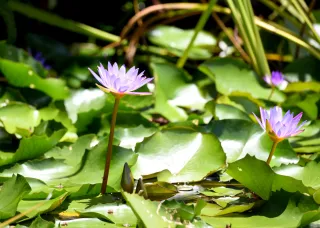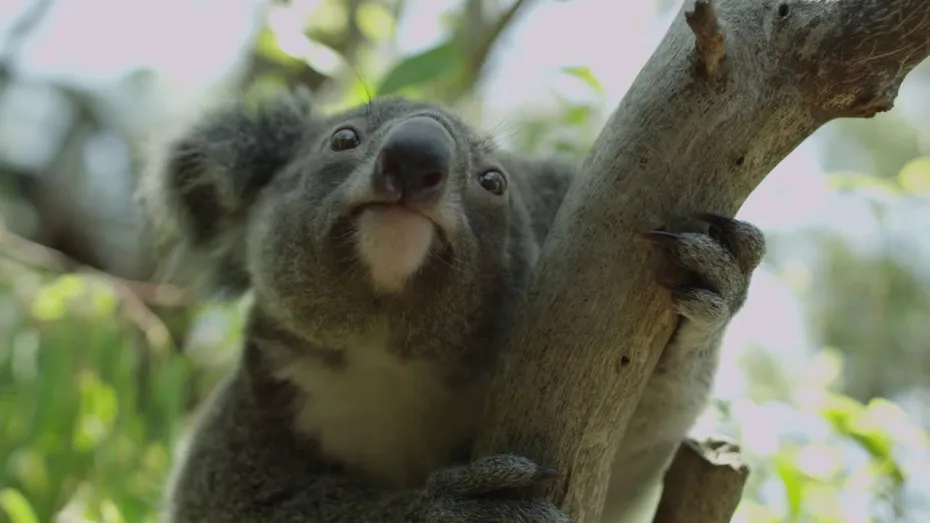Why choose RIEL?
-
'Outstanding performance' in environmental science and management, and ecology
2018 Excellence in Research for Australia (ERA) ranking: 5
-
Performance above world standard in ecological applications
2018 Excellence in Research for Australia (ERA) ranking: 4
-
RIEL is ranked ‘High’ in engagement, impact and approach to impact
2018 Engagement and Impact assessment (EI) ranking: High
Director's message
Welcome to the Research Institute for the Environment and Livelihoods. We host and offer internationally significant research initiatives, postgraduate study and consultancy services related to natural and human systems in northern Australia and neighbouring regions.
Our teaching and research excellence, collaborative approach, and dynamic staff and students are making a RIEL difference across the region.
I feel privileged to be supporting such achievements at this important time for the north and hope to work with you soon.
- RIEL Director, Prof. Sam Banks
Our research areas
Undergraduate study
Many of our world-class researchers also teach into the Environmental Science bachelors degree and other programs. If you are interested in studying environmental science as an undergraduate or honours student, watch this video and then find out how to apply for CDU's Science, Environmental Science and Management courses.
RIEL news
-
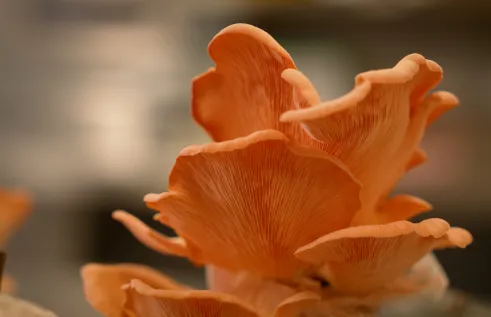
Cotton trash to treasure: Project using waste to grow new mushroom industry
Supermarket shelves could be stocked with mushrooms grown from the Northern Territory’s cotton waste, with a Charles Darwin University research project exploring the possibility of broadening the region’s agricultural industry.
Read more -
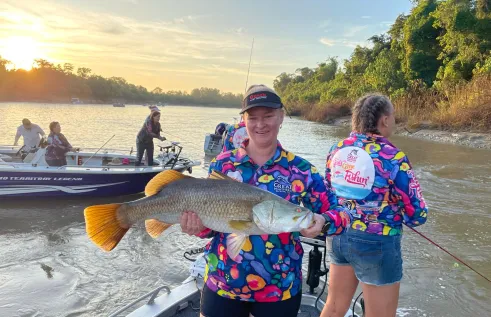
Stereotypes holding back Australia’s recreational fishing future, new study finds
Outdated stereotypes about who a “real fisher” is could be costing Australia’s recreational fishing industry valuable talent, creativity, and growth, new research from Charles Darwin University suggests.
Read more -
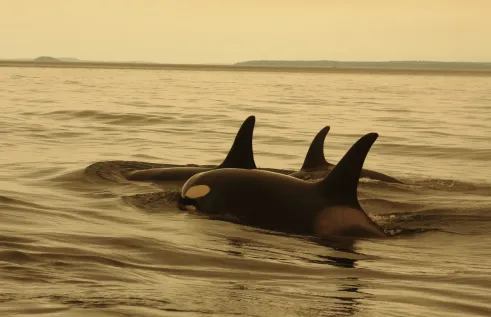
Global body adopts policy to protect Earth’s old, wise and large animals
The International Union for Conservation of Nature (IUCN) has recognised Charles Darwin University-led research into the Earth’s oldest animals with the adoption of the ‘Longevity Conservation’ global policy principle.
Read more
